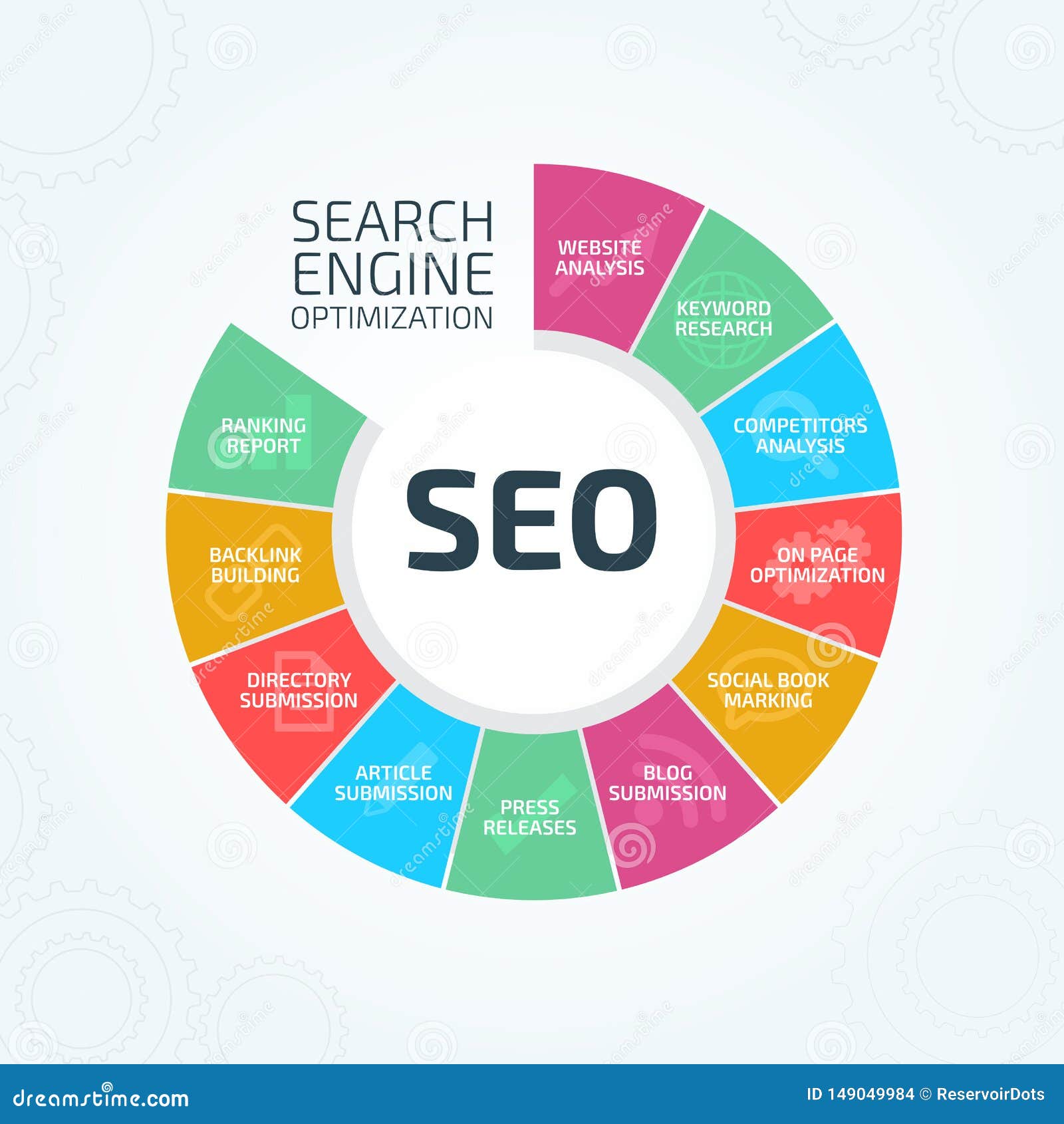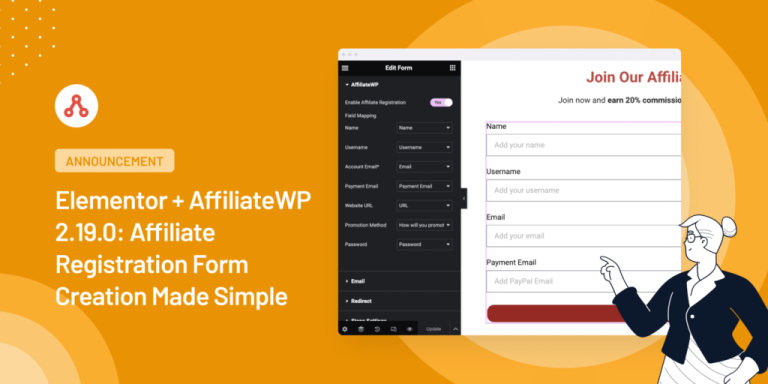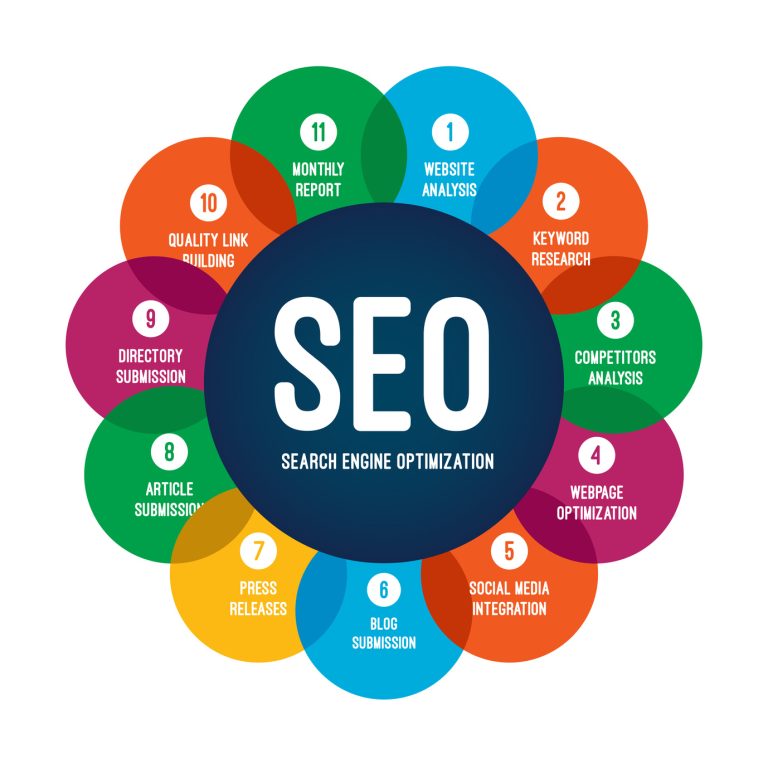
In the ever-evolving world of digital marketing, content funnels have become a cornerstone of successful monetization strategies. Traditional marketing approaches are failing to deliver the results they once did, and businesses that cling to outdated methods risk falling behind. According to recent data, modern SEO content funnels drive 5% higher conversion rates than basic strategies, yet many still follow outdated playbooks. This article will guide you through the process of leveraging content funnels to maximize your revenue, using AI-powered personalization, voice optimization, and proven lead nurturing techniques.
What Is an SEO Content Funnel and Why It Matters
An SEO content funnel is a strategic framework that guides prospects through the customer journey—from initial awareness to final conversion. Unlike traditional sales funnels that rely on aggressive push tactics, modern content funnels focus on building trust through education and value delivery. The customer journey has evolved significantly; people no longer move in a linear path. They jump between platforms, research competitors, and make decisions across multiple touchpoints before purchasing anything.
The integration of AI into content marketing has revolutionized this process. Marketing automation platforms now use predictive analytics to score leads and personalize experiences in real-time. Your conversion funnel adapts to individual behavior patterns, showing different content based on engagement history and buying signals. This foundation sets up the specific stages that drive results.
How Content Funnels Impact Monetization Performance
Content funnels directly influence traffic, engagement, dwell time, and conversions. When structured correctly, they can significantly boost your bottom line. For example:
- Awareness Stage: Voice search optimization captures 20.5% of global users who speak their queries instead of typing. Creating educational content that answers “how” and “what” questions can trigger nearly 20% of all voice searches.
- Consideration Stage: Video content boosts mid-funnel conversions by 66%. Shoppable videos and product demos help bridge the gap between interest and purchase intent.
- Conversion Stage: Pages with testimonials achieve 12.5% conversion rates versus 11.4% without them. Mobile-responsive designs convert at 11.7% compared to 10.7% for non-responsive pages.
These metrics highlight the importance of aligning your content with each stage of the funnel to maximize monetization potential.
Step-by-Step Implementation Framework
1. Define or Audit the Current Situation
Start by analyzing your existing content strategy. Identify where your audience is dropping off and what content is performing well. Tools like Google Analytics and SEMrush can help track user behavior and content performance across channels.
Actionable Tip: Conduct a content audit to evaluate which pieces are driving traffic, engagement, and conversions. This will help you identify gaps and opportunities for improvement.
2. Apply Tools, Methods, or Tactics
Leverage AI-powered tools to optimize your content for each stage of the funnel. Use tools like SurferSEO for keyword clustering and semantic scoring, and AI writing assistants like Jasper or Copy.ai to generate high-quality, SEO-friendly content.
Actionable Tip: Implement AI-driven personalization to tailor content to user behavior. Use dynamic landing pages that adapt based on traffic source and user profile.
3. Measure, Analyze, and Optimize
Track key performance indicators (KPIs) such as organic traffic growth, lead conversion rates, and mobile responsiveness. Use heat mapping and user behavior analysis tools to identify friction points in your funnel.
Actionable Tip: Set up A/B testing across all funnel stages to determine what works best. Monitor metrics like click-through rates, time on page, and conversion rates to refine your strategy continuously.
Real or Hypothetical Case Study
Let’s look at a hypothetical case study of a skincare brand implementing a content funnel strategy:
- Awareness Stage: The brand creates blog posts optimized for featured snippets and short-form videos targeting voice search. These efforts increase organic traffic by 25% within six months.
- Consideration Stage: The brand uses shoppable videos and personalized email sequences. Lead conversion rates improve by 18%, and video content drives a 66% boost in mid-funnel conversions.
- Conversion Stage: By optimizing for mobile responsiveness and adding social proof elements, the brand achieves a 12.5% conversion rate on testimonial pages, outperforming industry benchmarks.
This case study illustrates how a well-structured content funnel can drive measurable results and increase monetization.
Tools and Techniques for Content Funnels
To build and optimize your content funnel effectively, consider the following tools:
- SurferSEO: For keyword clustering and semantic scoring to ensure your content ranks well.
- Jasper: An AI writing assistant that helps generate high-quality, SEO-friendly content quickly.
- Hotjar: For heat mapping and user behavior analysis to identify friction points.
- Mailchimp: For personalized email campaigns that nurture leads and drive conversions.
- Google Analytics: To track KPIs and measure the performance of your content funnel.
These tools can streamline your workflow and help you create a more effective content funnel.
Future Trends and AI Implications
As AI continues to evolve, its impact on content funnels will only grow. Predictive analytics, natural language processing, and machine learning will enable even more personalized and dynamic content experiences. Voice search optimization will become increasingly important as more users adopt smart speakers and virtual assistants.
Looking ahead, the integration of AI into content funnels will allow for real-time adjustments based on user behavior, making it easier to engage audiences and drive conversions. Businesses that embrace these trends will be better positioned to succeed in the competitive digital landscape.
Key Takeaways
- Content funnels guide prospects through the customer journey, increasing engagement and conversions.
- AI-powered personalization and voice optimization are essential for modern content strategies.
- Measuring KPIs like traffic, conversion rates, and engagement is crucial for continuous improvement.
- Tools like SurferSEO, Jasper, and Hotjar can help streamline your content funnel strategy.
- Future trends like predictive analytics and voice search will shape the next generation of content marketing.
By implementing a well-structured content funnel, you can transform your marketing strategy and unlock new revenue streams. Don’t miss out on the opportunity to leverage this powerful tool for monetization success.
Meta Title: How to Use Content Funnels for Monetization: A Complete Guide
Meta Description: Learn how to use content funnels for monetization with AI-powered personalization, voice optimization, and proven lead nurturing strategies.
SEO Tags (5): content funnels, monetization strategies, SEO content, AI marketing, lead nurturing
Internal Link Suggestions:
– [Parameter #1]: Understanding the Customer Journey in Digital Marketing
– [Parameter #2]: The Role of AI in Modern SEO Strategies
– [Parameter #3]: Optimizing Conversion Rates with Data-Driven Insights
External Source Suggestions:
– https://www.searchenginejournal.com
– https://www.semrush.com
– https://www.hubspot.com










